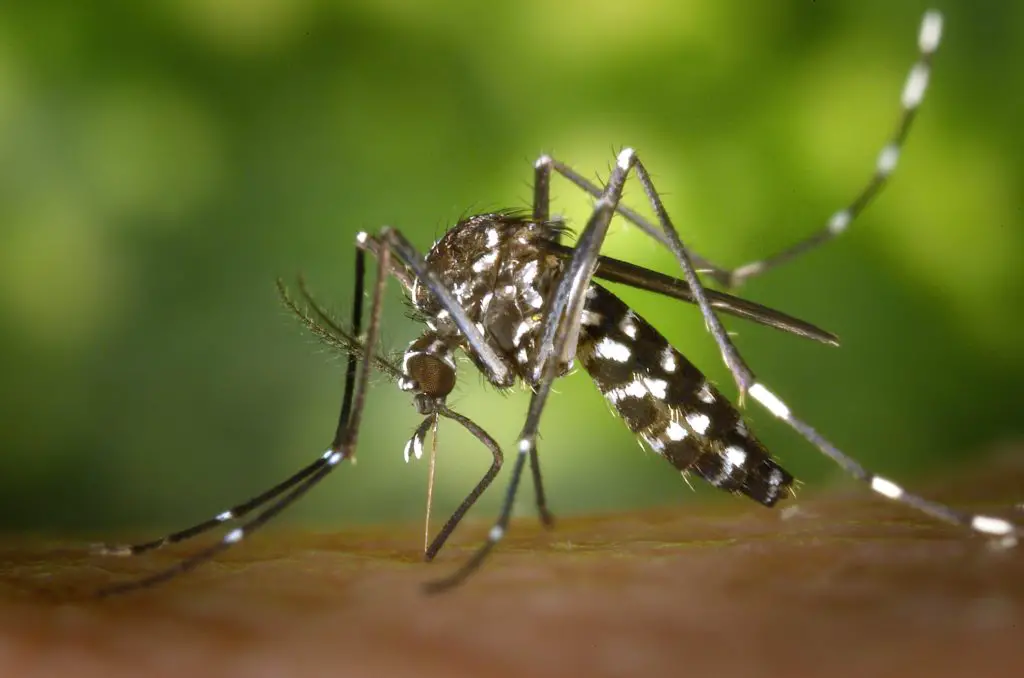Bartholin abscess is the buildup of pus that forms a lump (swelling) in one of the Bartholin glands. These glands are found on each side of the vaginal opening.
Causes
A Bartholin abscess forms when a small opening (duct) from the gland gets blocked. Fluid in the gland builds up and may become infected. Fluid may build up over many years before an abscess occurs.
Often the abscess appears quickly over several days. The area will become very hot and swollen. Activity that puts pressure on the vulva, and walking and sitting, may cause severe pain.
Symptoms
Symptoms may include:
- A tender lump on either side of the vaginal opening
- Swelling and redness
- Pain with sitting or walking
- Fever, in people with low immunity
- Pain with sexual intercourse
- Vaginal discharge
- Vaginal pressure
Exams and Tests
The health care provider will do a pelvic exam. The Bartholin gland will be enlarged and tender. In rare cases, a biopsy may be suggested in older women to look for a tumor.
Any vaginal discharge or fluid drainage will be sent to a lab for testing.
Treatment
SELF-CARE STEPS
Soaking in warm water 4 times a day for several days can ease the discomfort. It can also help the abscess open and drain on its own. However, the opening is often very small and closes quickly. Therefore, the abscess often returns.
DRAINAGE OF THE ABSCESS
A small surgical cut can completely drain the abscess. This relieves symptoms and provides the fastest recovery.
- The procedure can be done under local anaesthesia in a provider’s office.
- A 1 to 2 cm cut is made at the site of an abscess. The cavity is irrigated with normal saline. A catheter (tube) may be inserted and left in place for 4 to 6 weeks. This allows continuous drainage while the area heals. Sutures are not required.
- You should begin soaking in warm water 1 to 2 days afterwards. You cannot have sexual intercourse until the catheter is removed.
You may be asked to have antibiotics if there is pus or other signs of infection.
MARSUPIALIZATION
Women can also be treated with a minor surgery called marsupialization.
- The procedure involves creating an elliptical opening along the cyst to help the gland drain. The abscess is removed. The provider places stitches at the edges of the cyst.
- The procedure can sometimes be done in the clinic with medicine to numb the area. In other cases, it may need to be done in the hospital with general anaesthesia so that you are asleep and pain-free.
- You should begin soaking in warm water 1 to 2 days afterwards. You cannot have sexual intercourse for 4 weeks after surgery.
- You can use oral pain medicines after the procedure. Your provider may prescribe narcotic pain medicines if you need them.
EXCISION
Your provider may recommend that the glands be completely removed if abscesses keep coming back.
- The procedure involves surgical removal of the entire cyst wall.
- Generally performed in the hospital under general anaesthesia.
- You cannot have sexual intercourse for 4 weeks after surgery.
Prognosis
The chance of a full recovery is excellent. The abscesses may return in few cases.
It is important to treat any vaginal infection that is diagnosed at the same time as the abscess.
When to Contact a Medical Professional
Call your provider if:
- You notice a painful, swollen lump on the labia near the vagina opening and it does not improve with 2 to 3 days of home treatment.
- Pain is severe and interferes with your normal activity.
- You have one of these cysts and develop a fever higher than 100.4°F (38°C).
Alternative Names
Abscess – Bartholin; Infected Bartholin gland
References
Ambrose G, Berlin D. Incision and drainage. In: Roberts JR, Custalow CB, Thomsen TW, eds. Roberts and Hedges’ Clinical Procedures in Emergency Medicine and Acute Care. 7th ed. Philadelphia, PA: Elsevier; 2019:chap 37.
Dolan MS, Hill C, Valea FA. Benign gynecologic lesions: vulva, vagina, cervix, uterus, oviduct, ovary, ultrasound imaging of pelvic structures. In: Lobo RA, Gershenson DM, Lentz GM, Valea FA, eds. Comprehensive Gynecology. 7th ed. Philadelphia, PA: Elsevier; 2017:chap 18.
Smith RP. Bartholin gland cyst/abscess drainage. In: Smith RP, ed. Netter’s Obstetrics and Gynecology. 3rd ed. Philadelphia, PA: Elsevier; 2018:chap 251.









